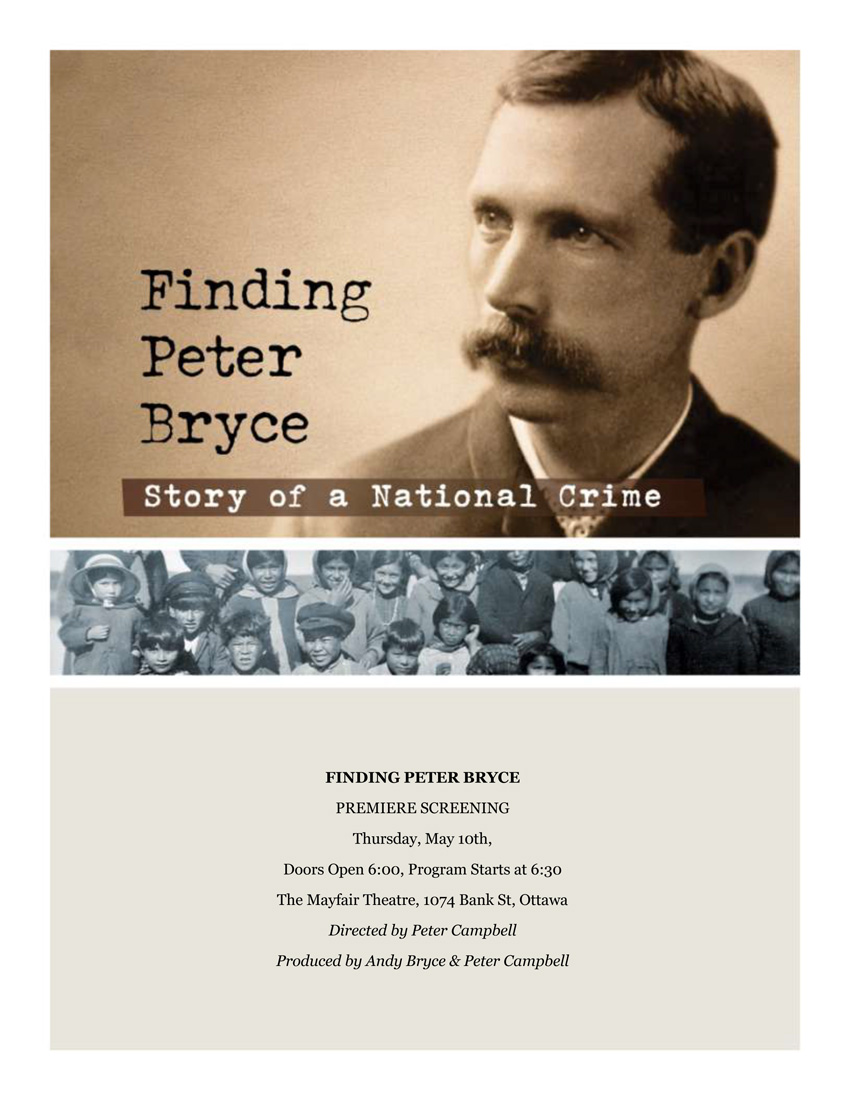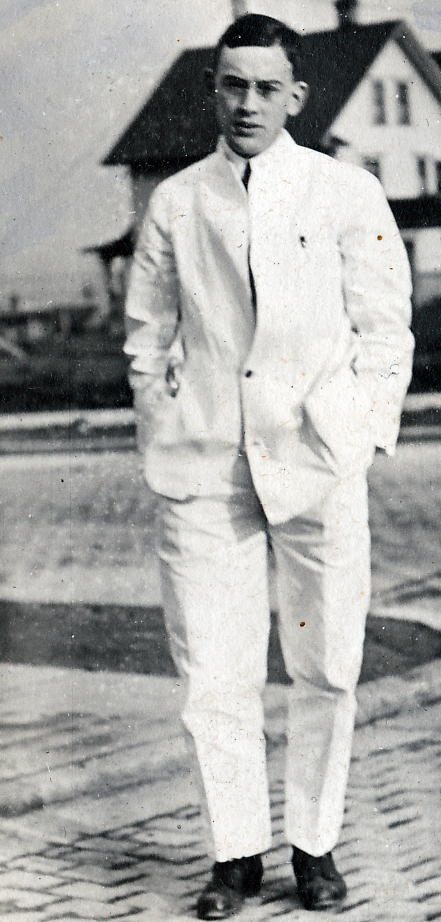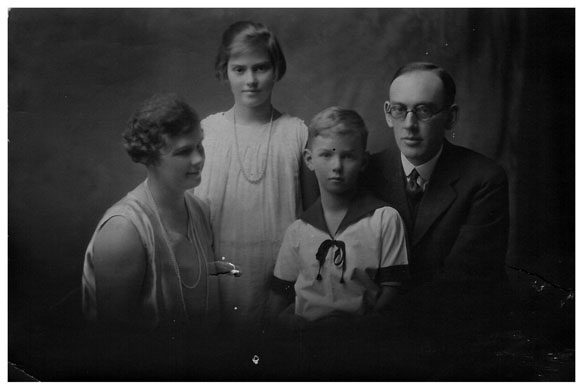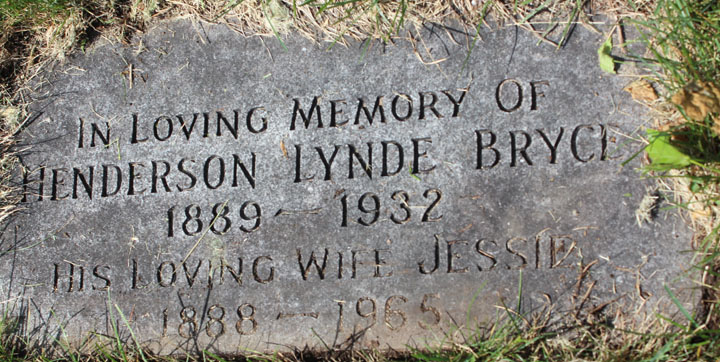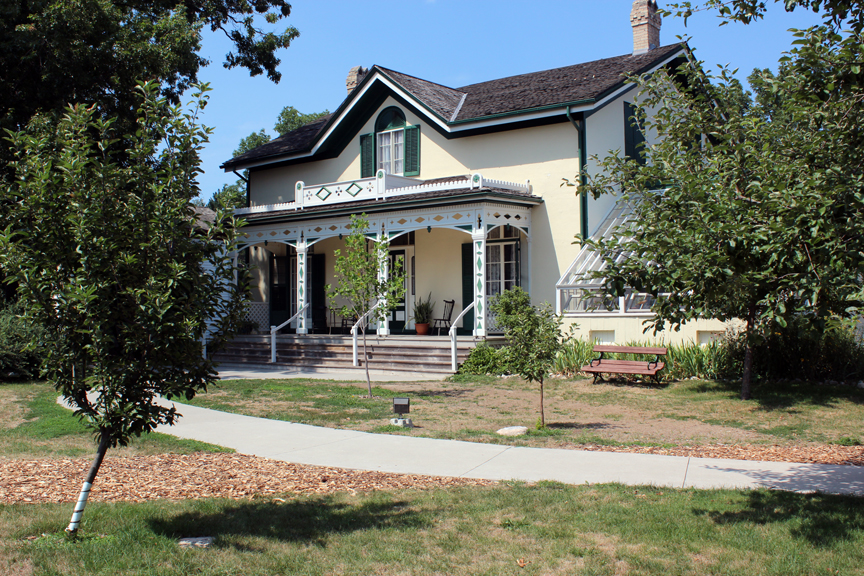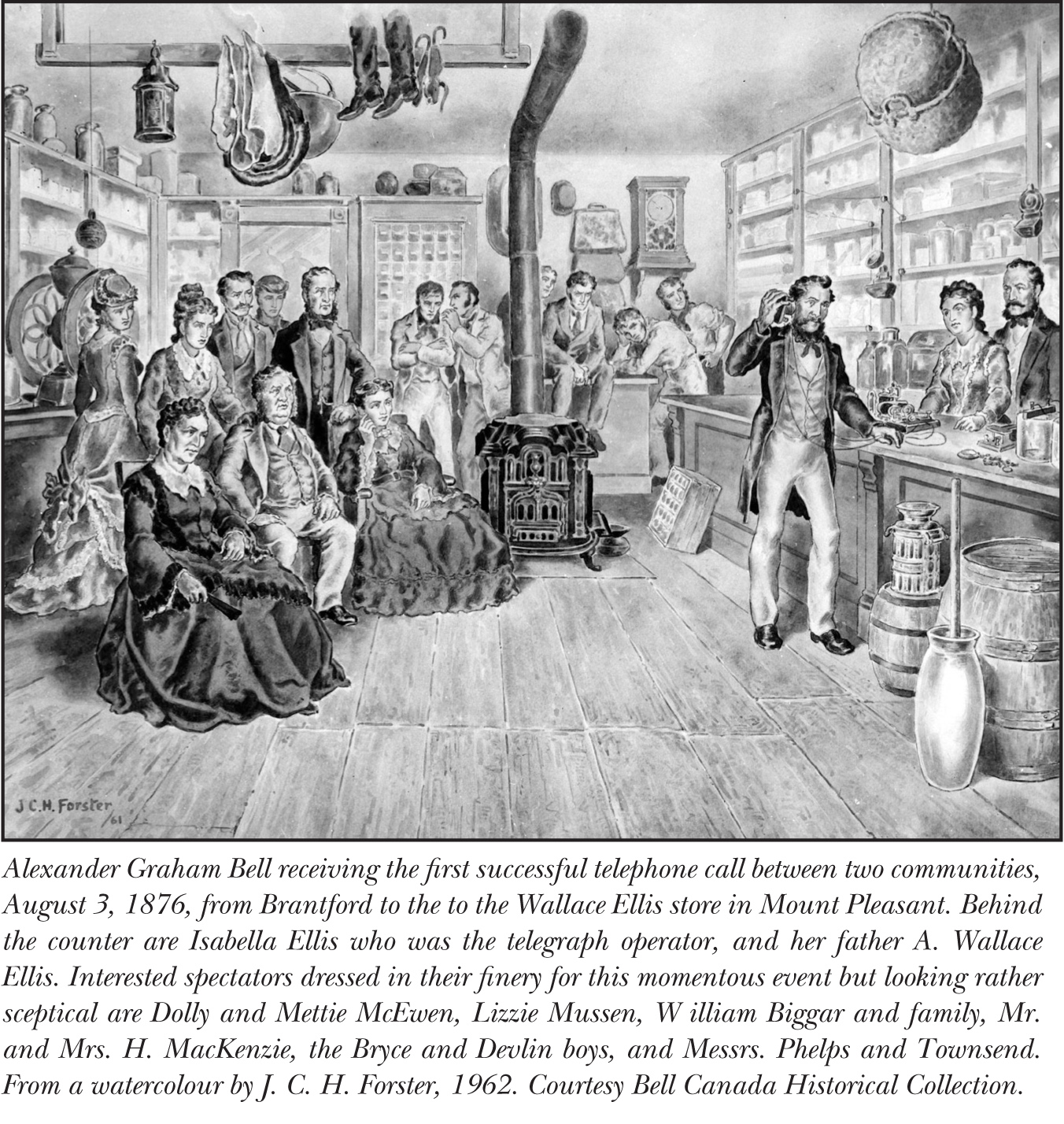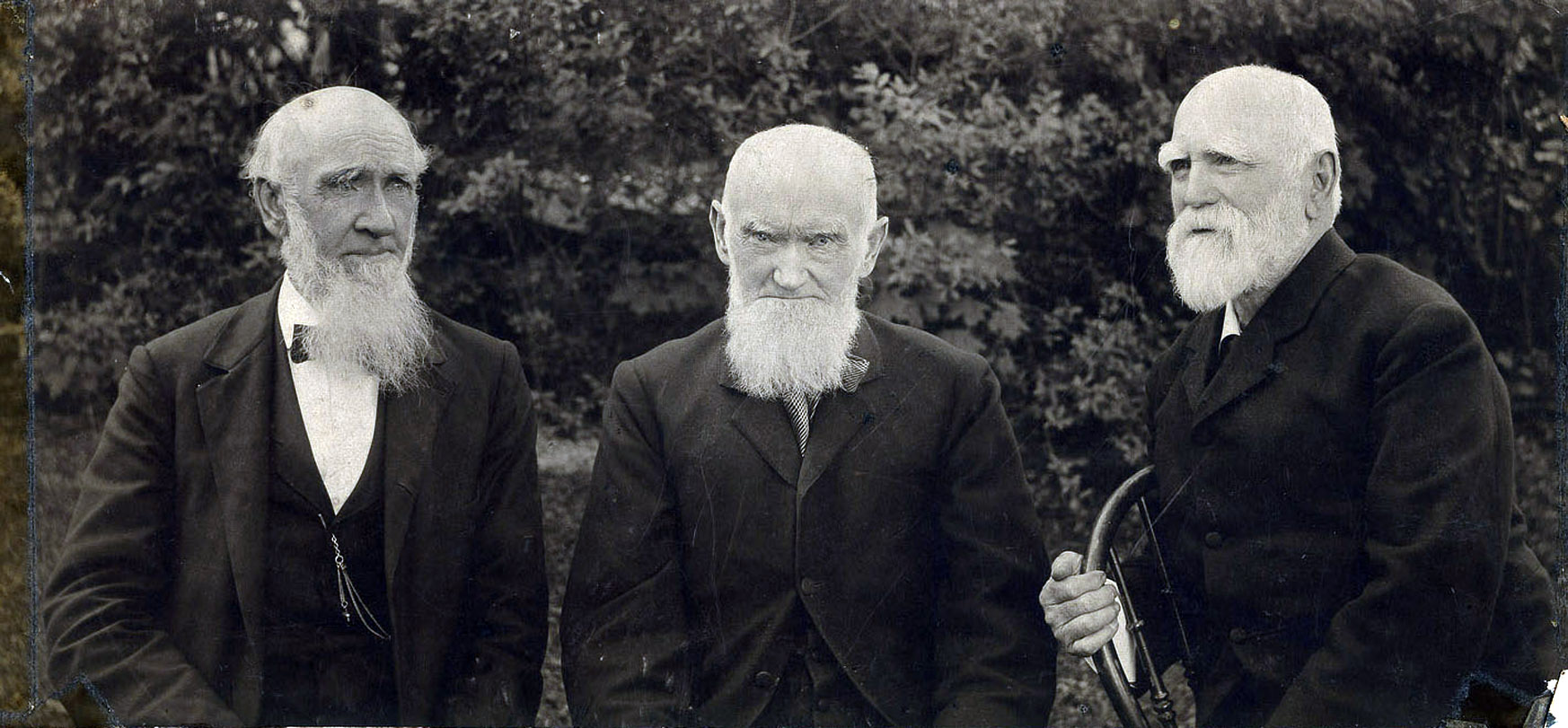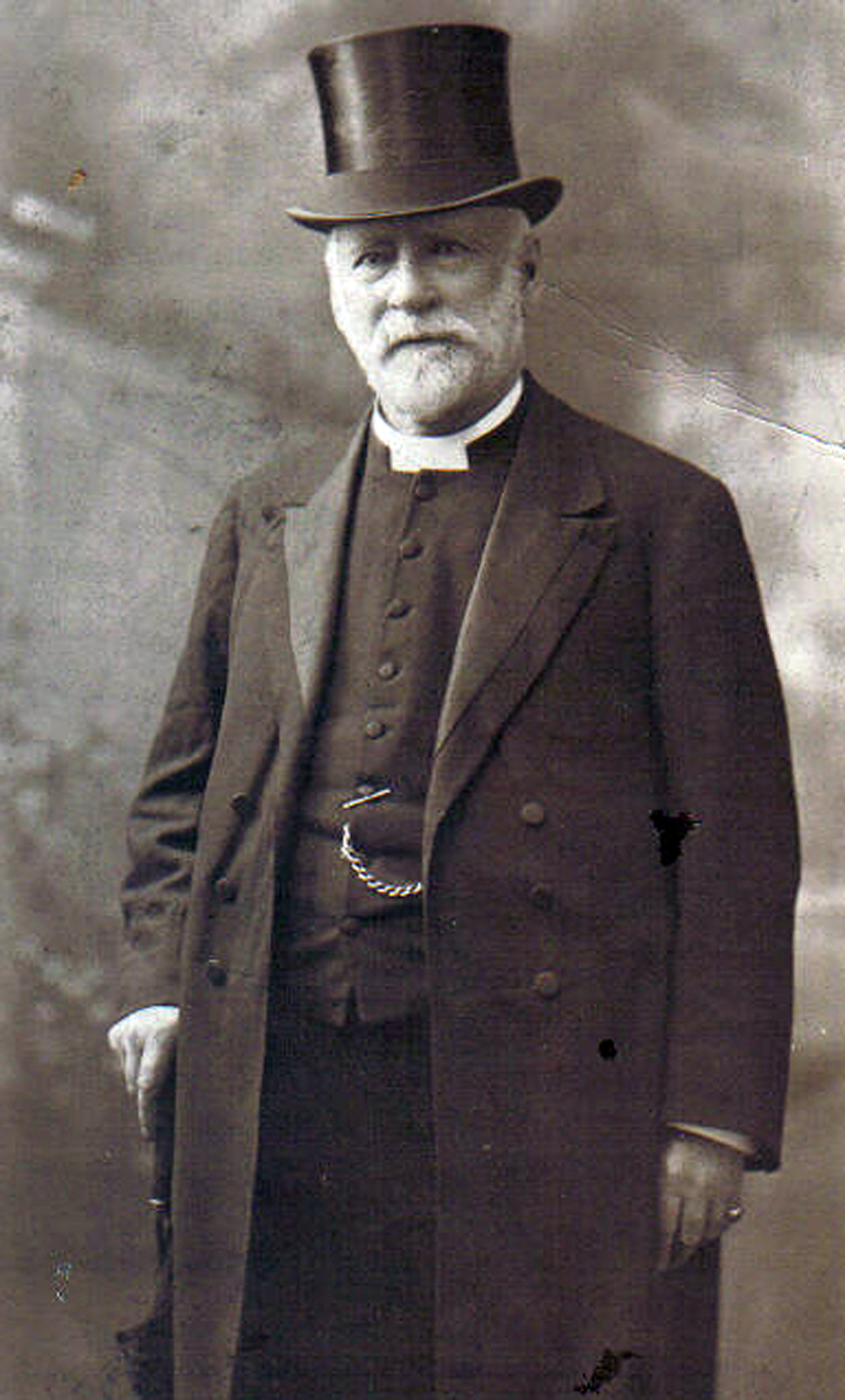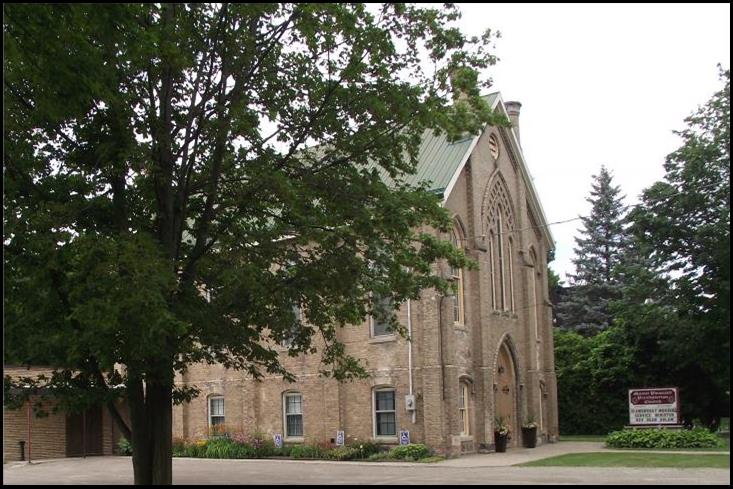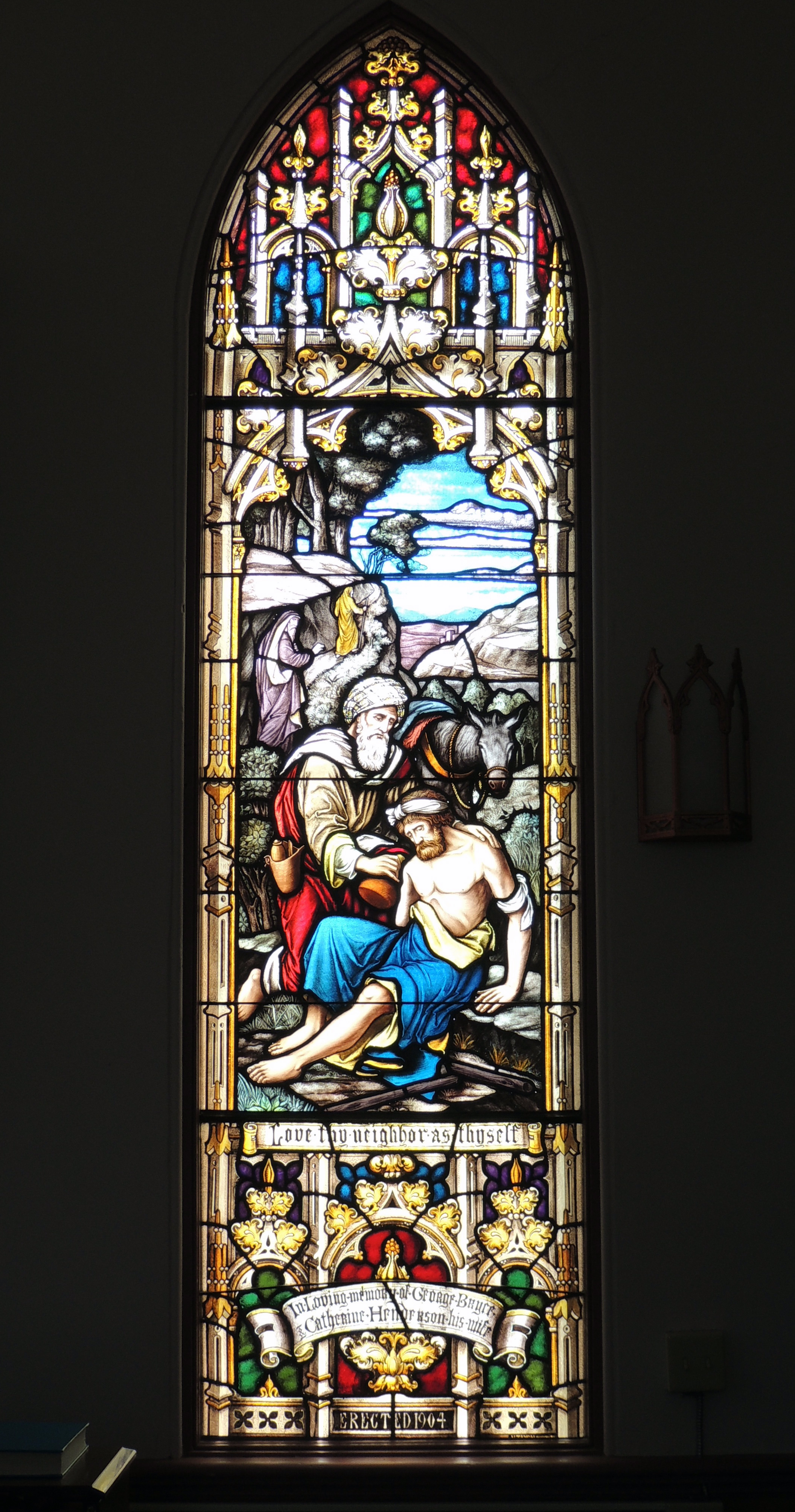In January 2020, I suffered a stroke. In the few short minutes it took for that clot to kill a part of my brain, my plan to write more about Peter Bryce disappeared. More than three and a half years later, it seems doubtful that I will recover the ability to make the connections needed to write cogent and interesting pieces. However I don’t discount anything; my stroke mainly affected my cerebellum, which has nothing to do with reasoning. Dr Jill Bolte Taylor suffered a far greater stroke, and through neuroplasticity regained most of her neural capacity. Her book A Stroke of Insight is an account of her recovery and should serve as an inspiration for any stroke survivor.
Regardless, there is only one remaining topic I wanted to cover and I wanted to do it when I had more facts at hand, and that is the topic of his death. He died on January 15, 1932 on the CPR steamship The Empress of Australia. His death is listed at Beechwood Cemetery as “syncope and cerebral hemorrhage.” It sounds like he fainted, hit his head and suffered a brain bleed. But the circumstances surrounding his death are intriguing and make me think there is more to tell. Most of these circumstances are in a document written by his son Bill in 1970. At the time, Bill was dying and he wanted to explain how he came to live in Peter Bryce’s house on Lisgar Avenue in Rockcliffe. But a portion of it outlines Peter’s behaviour in the days leading up to his departure on The Empress of Australia.
It is important to know that one of his other sons, Henderson (my grandfather, incidentally) had died of tuberculosis on January 1, 1932 in Kelowna, B.C. Bill had travelled there and shipped the body home. Bill wrote:
He (Peter) was in reasonably good shape at the funeral and the following day but came home a couple of days later and announced he was leaving the following day, early in the morning. I still did not want him to go but agreed and with my sister Eleanor did all we could to make him happy. The last night he was home he was really querulous and seemed off the mark at times. He made an inventory of his properties etc. [Unreadable] in excess of anything approaching the value and wished we to go into a humidifying project in a big way.
I saw him off on a very early train to Montreal. A couple of days later my sister received a letter typewritten by him in which he said he was in good shape and looking forward to the trip.
I had prevailed on him to take his fur coat which he did under protest. He left them in Montreal from where it was returned by the CPR.
On Friday, January 15th, I was notified by the CPR that he had died suddenly and the body would be taken off at Puerto Rico.
So, just after his son’s funeral, Peter Bryce decided to go on a trip to the West Indies. It is worth putting this death in perspective. Henderson was the only child who had gone into medicine and he died of the very disease that Peter had spent his career fighting. Also, in the previous year, Peter had lost his brother and his wife. There is also a lack of records surrounding this death. I have been unable to find a death certificate for Peter Bryce, and was unable to locate the ship’s log for the Empress of Australia on that trip.
In the end, his body was left in San Juan, Puerto Rico and sent back to Canada on another CPR steamship. It was a long time before the body made it back to Canada. There are questions left unanswered. What was the sequence of events? Did he have the cerebral hemorrhage and then faint? Did he take something that caused him to faint? Was the ship rolling , causing him to lose his footing and hit his head? At that I will leave this issue, but I find the circumstances unsettling.
My goal when I discovered how important Peter Bryce was in Canadian history was to raise his profile. Over the years, I have written a thesis on the coverage of his 1907 report, helped to write the plaque at his grave site, produced two short films on him (more on them in a moment), done a number of presentations, answered numerous media inquiries, and written this blog. I think I have managed to meet that goal.
But many other events have happened in the last decade. Michael Dan named the Waakibiness-Bryce Centre at the University of Toronto after him. My cousin Margaret Bryce has worked on his behalf to get a historical plaque mounted at the the Dalla Lana School of Public Health at the University of Toronto. Lastly, and most importantly, Cindy Blackstock at the First Nations Caring for Children Society works to spread the word about Peter Bryce. These efforts also help to raise his profile.
In 2015, I began to work with Peter Campbell to produce a film on him. In the end we produced two, including Finding Heart for the National Centre for Truth and Recognition and Finding Peter Bryce on Vimeo. The first film is free on YouTube and as of August 2023 has over 32 thousand views. It was produced for middle school children but the second film Finding Peter Bryce is aimed at an older audience. It has not done as well behind a paywall because Peter and I are forced to depend on royalties to help pay for our efforts. We made the decision to forego our fees to tell this story so we gambled that libraries and post-secondary schools would purchase rights to the film. However, the current political climate and tight budgets have hurt sales and we are a long way from making our goals. If you represent either schools and libraries and see the value in this work, please go to McIntyre Media and buy one. I am especially concerned that Peter produced this film without proper compensation. This is his business, after all, while I, on the other hand, am a dilettante and am grateful he took this gamble.
I welcome inquiries at andyj.bryce@gmail.com but with that, I say good-bye on this platform.
